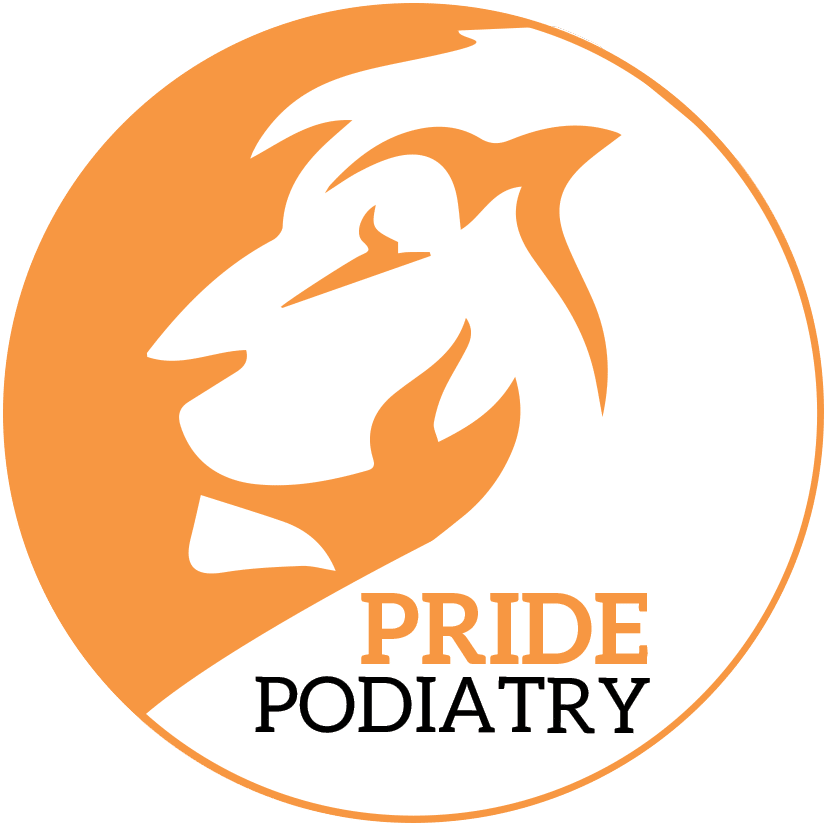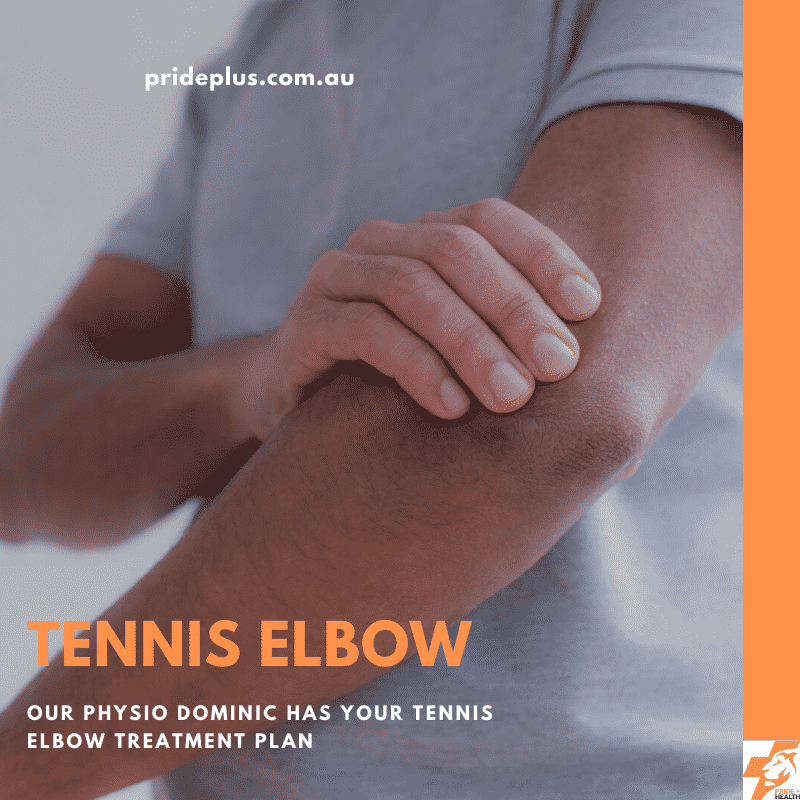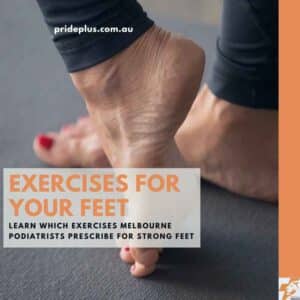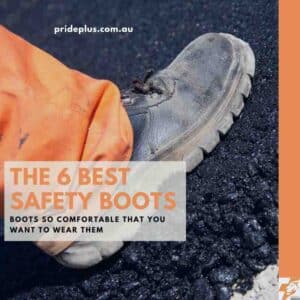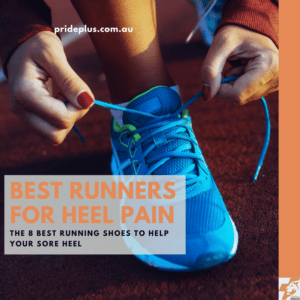With so many different treatments for tennis elbow, one of the most common types of elbow pain if can be hard to know what is best for you. I’ve done the research to bring you the most up to date advice. If you’ve got tennis elbow, this ones for you.
What Is Tennis Elbow?
Tennis elbow is an overload injury of the extensor tendons of the forearm. It is a common musculoskeletal condition condition in men and women between 35 to 54 years of age. Anyone (with elbows) can get tennis elbow however if you are a manual worker, tennis player, have diabetes or a smoker, you are at increased risk.
What Are The Symptoms Of Tennis Elbow?
Typically people with tennis elbow report pain on the outer corner of the elbow where the extensor tendon is attached.
Pain is commonly aggravated by the following:
- Lifting heavy objects
- Gripping/ twisting tasks
- Resisted wrist/ finger extensor movements
- Stretching of the forearm extensors muscles
Forearm Anatomy 101
The forearm muscles can be categorized broadly into the flexors and extensors. The flexors plays a role in flexing your wrist and fingers while the extensors help facilitate movement in the opposite direction.
During gripping tasks, the extensors helps stabilise the wrist and fingers. When the extensor tendons are overloaded by repetitive gripping task it cause irritation of its tendon at the lateral elbow area. This is known as tennis elbow and results in painful wrist, forearm, elbow movement and weakness in the grip.
Weak Extensors, Weak Grip!
If your extensor muscles are weak, you have no chance of having a strong grip!
Try squeezing a ball with your good arm in your usual grasping position (approx 30 degrees extension) vs maintaining a droopy wrist position. You would notice a significant decrease in the strength of your grip with the second position as the extensors are not activated.
Therefore, it is a no-brainer that you have to get tendons healed and STRENGTHEN them to regain pain-free movement!
So what are the most effective treatment approach for tennis elbow then?
With so many options on the market that claim to provide quick pain relief for tennis elbow it must be hard to decide!
Here is a summary of the various treatment options.
Non-Operative Tennis Elbow Treatment
| Tennis Elbow Treatment | Outcome(s) |
| Corticosteroid Injection | First 6 weeks, improvement in pain and strength over wait and see approach/physio. Post six week mark there is a 72% recurrence rate. It comes back! VS 8% recurrence rate for those who participated in physio or 9% recurrence in a wait and see approach. Long-term outcome with injection worse than wait and see approach or physio |
| Physiotherapy | First 6 weeks a superior improvement in pain and strength over wait and see approach. Post 6 weeks a superior improvement in pain and strength over injections |
| Bracing | Provide some short-term improvement in symptoms. Risk of nerve compression |
| Dry Needling | Pain relief for 2-8 weeks |
| Ultrasound | No evidence for use |
| Low Level Laser therapy | Some evidence suggesting provision of short-term pain relief. Optimal dose unclear. |
| Radiofrequency Thermal Treatment | Some evidence suggesting long term pain relief however very limited studies. Requires further investigation |
| Extra-corporeal shock wave | No benefit |
Operative Tennis Elbow Treatments
There is a risk of injury to nerve and ligaments around the elbow. Should only be considered only if active rehab fails
| Tennis Elbow Treatment | Outcome(s) |
| Open surgery for extensor muscle debridement/ release/ repair/ denervation | Generally positive long term outcome with improvement in pain, function & elbow movement. Risk of elbow instability with extensive release |
| Minimally invasive surgery without visualisation: Percutaneous release | Positive outcome in pain reduction. Disadvantages repair is not possible and affects strength. |
| Minimally invasic surgery with visualisation: Arthroscopic | Compared with open surgery less post-op pain. Positive long-term outcome in improving pain and function |
Should You Inject Your Tennis Elbow Or Not?
There is no denying a corticosteroid injection provides superior pain relief and strength improvement compared to all other non-operative management in the short term, just… But in the long run, it results in a higher recurrence rate compared to other treatment options.
Studies have also found that repeated corticosteroid injection can contribute to tendon weakening and increasing risk of tendon rupture. There’s also the systemic risks that present with steroid injections relating to blood sugars, bone density and more.
Therefore, corticosteroid injection is usually not recommended for treatment of tennis elbow.
Apart from Physiotherapy, there is limited evidence supporting the use of the other alternative non-operative treatment options as their effect is at best minimal and temporary.
Most studies recommend the physiotherapy as first-line management for tennis elbow for its benefits in providing faster reduction of pain and recovery of function!
What Are The Physiotherapy Treatments For Tennis Elbow?
The variety in presenting symptoms, causes and goals for people with tennis elbow requires different treatment approaches.
In early phase, treatment is usually centred around pain management.
Your physiotherapist might provide you the following:
- Personalised advice on how to avoid aggravating pain.
- Avoid gripping, carrying heavy objects and twisting the forearm.
- Loaded positions involving a pronated forearm (palm facing down) and extended elbow.
- Potentially use a tennis elbow brace can provide relief
- Isometric wrist extension exercises for pain relief
In the later stages, treatment is progressed towards the function and prevention of recurrence with the following:
- Strengthening the wrist extensors and upper limb
- Stretches to address range of motion deficits
- Fine motor control practice to address coordination deficits
Athletes involved in throwing and racquet sports may require an extended rehabilitation to further improve tissue tolerance to elastic loading during explosive muscular contractions.
Rehabilitation in the final phase would be centred around plyometric and reactive drills for the upper limb and retraining movement patterns to optimise the kinetic chain.
Prognosis For Elbow Pain?
The prognosis for tennis elbow is really positive.
With physiotherapy, success rate is as high as 90%!
So, if you’re looking for the best treatment for your sore elbow, pop in to see our physio team in Pascoe Vale.
In Pascoe Vale our physiotherapists have the experience, knowledge and rehabilitation space in our gym to treat your tennis elbow.
References
Pienimäki, T. T., Tarvainen, T. K., Siira, P. T., & Vanharanta, H. (1996). Progressive strengthening and stretching exercises and ultrasound for chronic lateral epicondylitis. Physiotherapy, 82(9), 522-530.
Melikyan, E. Y., Shahin, E., Miles, J., & Bainbridge, L. C. (2003). Extracorporeal shock-wave treatment for tennis elbow: a randomised double-blind study. The Journal of bone and joint surgery. British volume, 85(6), 852-855.
Bisset, L., Beller, E., Jull, G., Brooks, P., Darnell, R., & Vicenzino, B. (2006). Mobilisation with movement and exercise, corticosteroid injection, or wait and see for tennis elbow: randomised trial. Bmj, 333(7575), 939.
Bjordal, J. M., Lopes-Martins, R. A., Joensen, J., Couppe, C., Ljunggren, A. E., Stergioulas, A., & Johnson, M. I. (2008). A systematic review with procedural assessments and meta-analysis of low level laser therapy in lateral elbow tendinopathy (tennis elbow). BMC Musculoskeletal Disorders, 9(1), 75.
Bisset, L., & Coombes, B. (2011). Tennis elbow. BMJ clinical evidence, 2011.
Stasinopoulos, D., Cheimonidou, A. Z., & Chatzidamianos, T. (2013). Are there effective ultrasound parameters in the management of lateral elbow tendinopathy? A systematic review of the literature. Int J Phys Med Rehabil, 1(117), 2.
Coombes, B. K., Bisset, L., Brooks, P., Khan, A., & Vicenzino, B. (2013). Effect of corticosteroid injection, physiotherapy, or both on clinical outcomes in patients with unilateral lateral epicondylalgia: a randomized controlled trial. Jama, 309(5), 461-469.
Coombes, B. K., Bisset, L., & Vicenzino, B. (2015). Management of lateral elbow tendinopathy: one size does not fit all. journal of orthopaedic & sports physical therapy, 45(11), 938-949.
Schwarzman, G., Watson, J. N., & Hutchinson, M. R. (2017). Lateral Epicondylopathy (Aka. Tennis Elbow): A Review of Current Concepts and Treatment. Ann Sports Med Res, 4(5), 1117.
